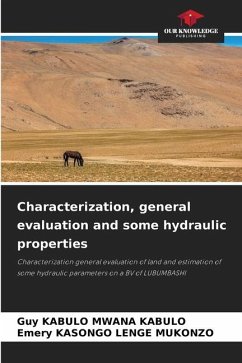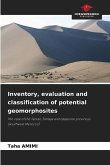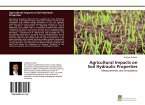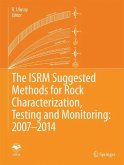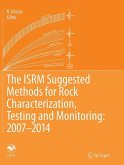Soil sciences could lose their effectiveness following their separation from water sciences. If water were not there, the soil would not be, that is to say the soil is filled with water in the lithosphere and the water is filled with soil in the geosphere. This research is done with two different aspects but leading to a single goal; that of characterizing soils in a catena, and that of studying their hydraulic behavior by predicting pedotransfer functions and providing a solution to erosion and crop adaptation. The characterization of the soils along the toposequence of the KASAPA farm concession (DRC) allowed us to identify, classify these soils and determine the general suitability index of the lands along a toposequence. Referring to the WRB 2014, the toposequence of the KASAPA farm contains three subgroups of soils: Ferralsols along the plateau toposequence, Endo-skeletal Ferralsols on the slope (slope) and Fluvisol Gleyique, of which the percentage in MO (OC) varies with the altitude which already characterizes some of them as being lowland.
Bitte wählen Sie Ihr Anliegen aus.
Rechnungen
Retourenschein anfordern
Bestellstatus
Storno

